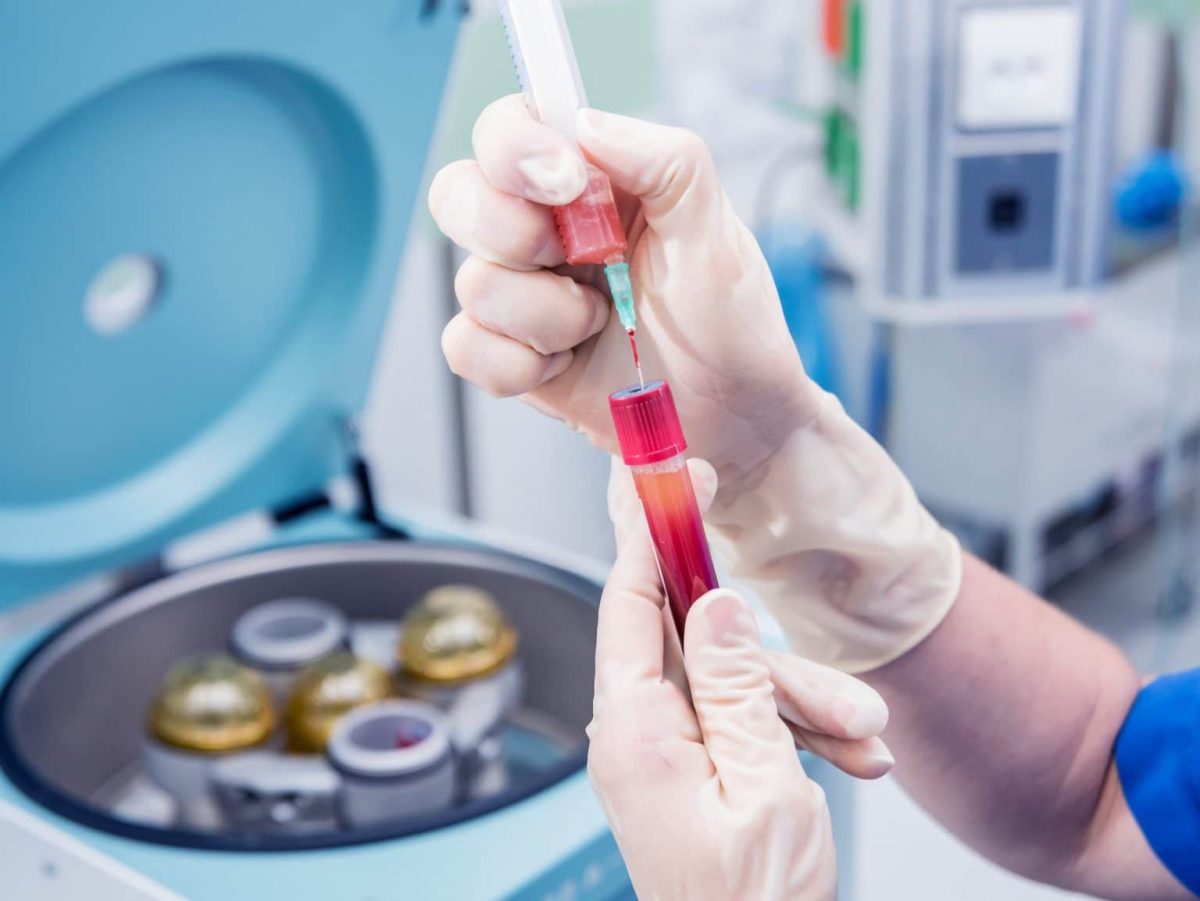Disclaimer: The summarized information presented in this article is intended for informational purposes only and is not meant to be a substitute for professional medical advice. Readers are advised to consult with their healthcare provider before considering any procedures mentioned in this article. Regenerative medical procedures, while promising, may be controversial and must be decided upon carefully considering individual health circumstances.
Regenerative medicine focuses on developing and applying new treatments to heal tissues and organs while restoring their functions due to aging, disease, damage, or defects. These new approaches go beyond disease management to support the body in improving itself to a state of well-being. From prenatal surgical intervention to lifelong degenerative diseases, the potential for regenerative medicine to treat a wide range of conditions makes it an exciting field with dramatic improvements in patient care.
This is the first article of a three-part series called Simplifying Regenerative Medicine explaining the concepts behind a few of the most novel breakthroughs in the field.
—
What is it?
Platelet-rich plasma (PRP), also known as autologous conditioned plasma, is a substance used to promote skin regeneration when injected. With two elements, plasma and platelets, PRP is a minimally invasive option to alleviate pain and reduce inflammation from injuries. Plasma, one of the elements, is the liquid portion of the blood, while platelets (thrombocytes) play an extensive role in healing and clotting potential. Platelets are essential because they contain platelet-derived growth factors that can stimulate tissue regeneration. There are more than ten types of PRP growth factors and platelet cytokines (signaling proteins with healing properties)! After taking the patient’s blood sample, a centrifuge separates their other blood components from platelets, causing these platelets to be concentrated within the plasma. Their platelet-infused plasma solution is then injected into their target area in need of skin regeneration.
How Can It Be Used to Help Patients Today?
Although PRP has not been definitively approved as a treatment by the Food and Drug Administration (FDA), athletes commonly use this breakthrough to help speed up healing injuries. PRP injections can be used for musculoskeletal pain/injuries, cosmetic procedures (hair loss and skin rejuvenation), and post-surgical healing. Because the injected platelets release many growth factors, an immediate inflammatory reaction is caused, followed by a healing cascade. The procedure is known for being minimally invasive, carrying a low risk of allergic reaction and a high potential for relieving pain. Since this medical procedure is designed to promote healing and tissue regeneration, it can take several weeks to notice improvements. In some cases, one treatment is enough, while in others, between one and three treatments administered over several weeks are recommended for maximum benefit.
The body has a limited window, commonly referred to as the “inflammation stage,” to heal an injury. After three to six months post-injury, the body’s potential to heal dramatically reduces, creating the possibility of a chronic injury. Platelet-rich plasma injections not only “reboot” the healing process but extend and enhance the healing timeline of soft tissue.
Future Advancements
The Centers for Medicaid and Medicare Services (CMS) currently covers platelet-rich plasma procedures for patients struggling with non-healing diabetic pressure wounds (pressure or venous wounds). With further clinical studies, PRP is predicted to become affordable and insurance covered for an increased variety of medical purposes. Not to mention, when used in conjunction with physical therapy, there is improved mobility among patients with chronic lower back pain and spinal issues.
In chronic disease, sports injury management, orthopedics, and even cosmetic procedures, PRP has unveiled exciting benefits. Showcasing improved patient outcomes across various disciplines, PRP procedures are setting the stage for healing mechanisms.


